
The universe is a vast expanse beyond what our eyes can perceive. Fortunately, technological marvels known as telescopes allow us to explore realms beyond the visible spectrum. These telescopes reveal galaxies, stars, and cosmic phenomena that are otherwise hidden from view, offering a deeper understanding of the universe.
Hubble Space Telescope
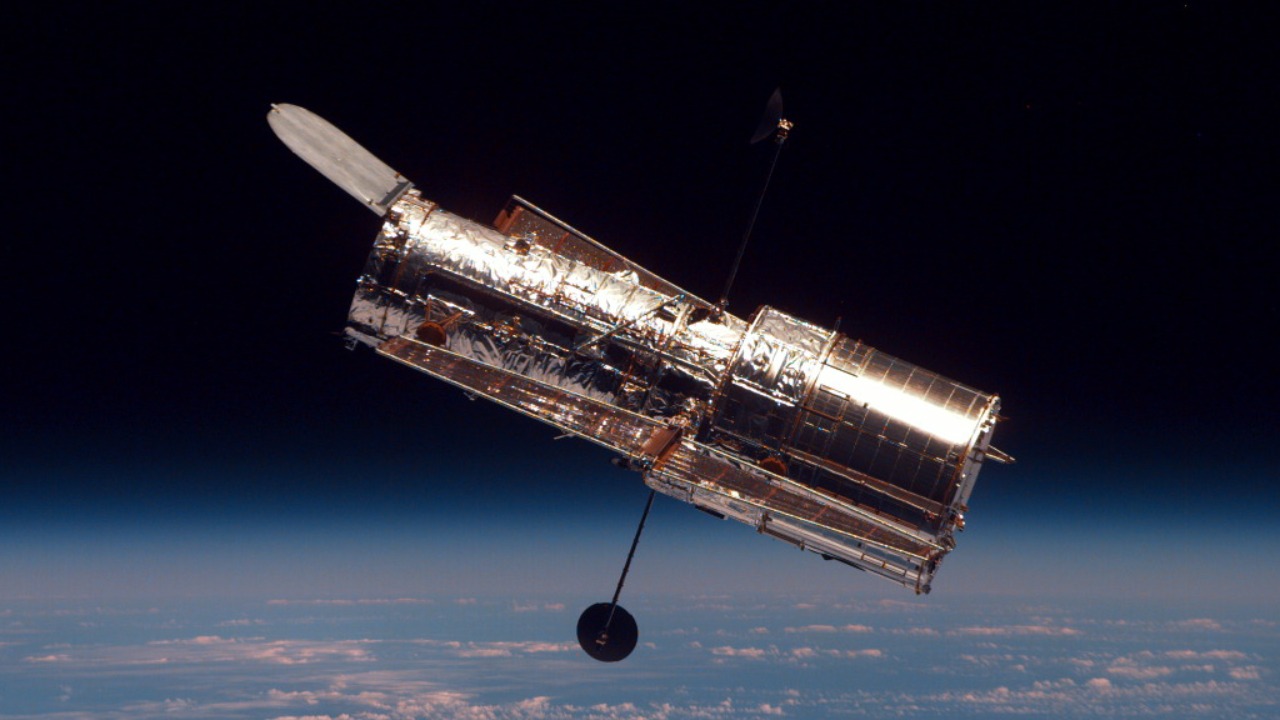
Launched in 1990, the Hubble Space Telescope has been a cornerstone in astronomical research. Orbiting outside Earth’s atmosphere, it avoids atmospheric distortion, capturing stunning images of distant galaxies, nebulae, and other celestial objects. Hubble’s observations have led to groundbreaking discoveries, such as the accelerating expansion of the universe.
Its imaging capabilities extend into the ultraviolet and near-infrared spectrums, providing a comprehensive view of cosmic phenomena. Hubble’s impact on our understanding of space is unparalleled, making it one of the most important tools in modern astronomy.
James Webb Space Telescope
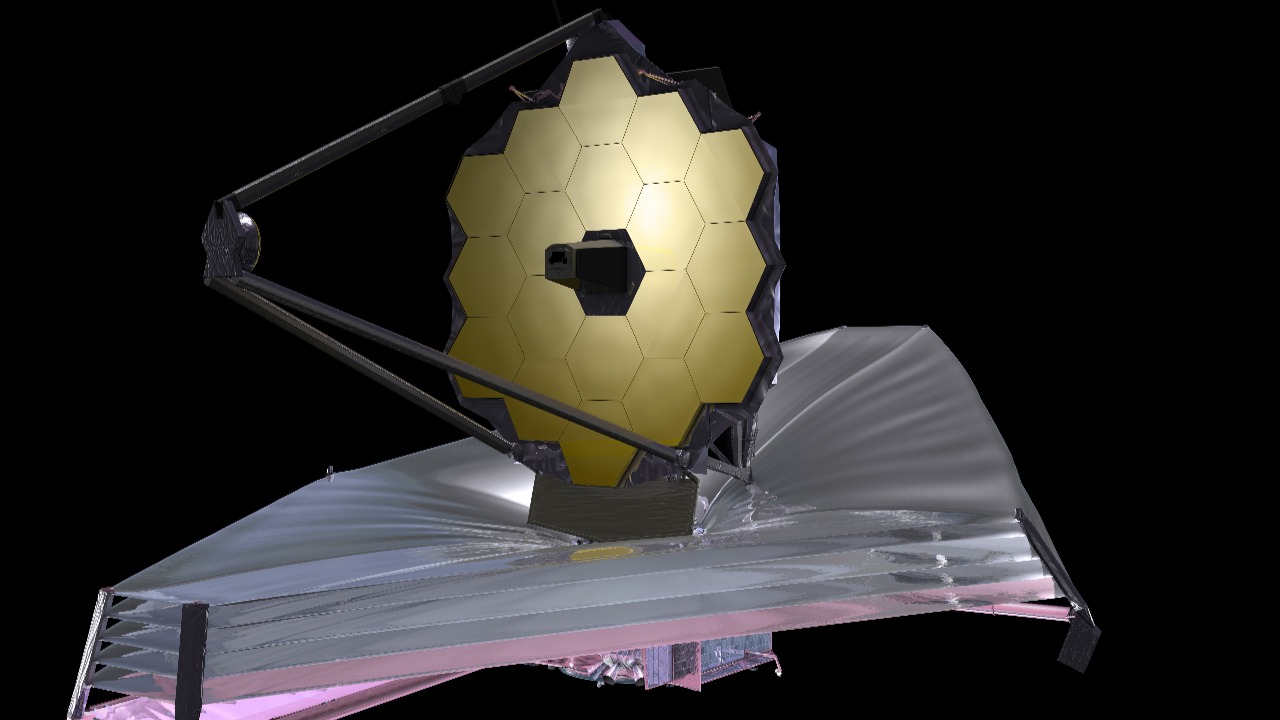
The James Webb Space Telescope represents a new era in space observation. Designed to peek into the earliest moments of the universe, it operates primarily in the infrared spectrum. This allows it to see through cosmic dust and reveal hidden structures in star-forming regions and the centers of galaxies.
Its advanced technology and massive mirror enable it to capture light from the first galaxies that formed after the Big Bang. For a glimpse into the universe like never before, check out this resource.
Chandra X-ray Observatory
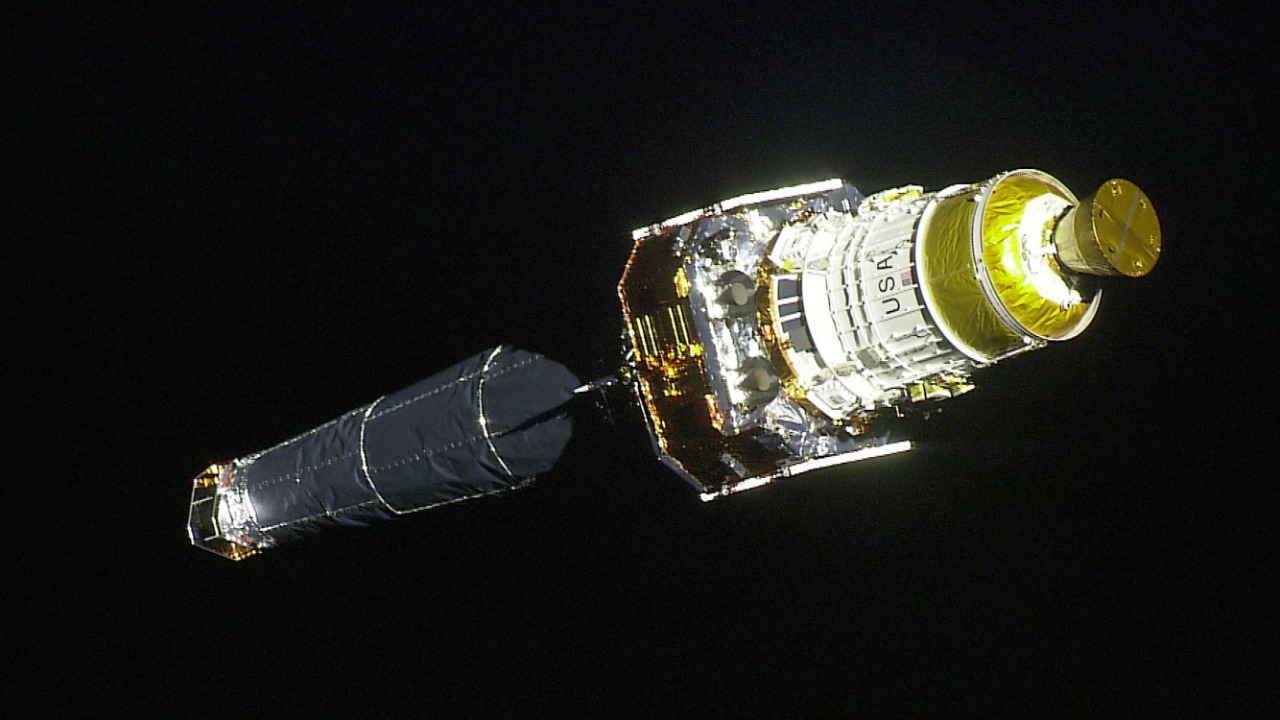
The Chandra X-ray Observatory provides a window into the high-energy universe. Launched by NASA in 1999, it observes X-rays from hot regions of the universe, such as the remnants of exploded stars, clusters of galaxies, and matter around black holes.
Chandra’s observations help astronomers understand the structure and evolution of the universe, revealing details about the life cycles of stars and the behavior of black holes. Its contributions are crucial in the study of cosmic phenomena that emit high-energy radiation.
Spitzer Space Telescope
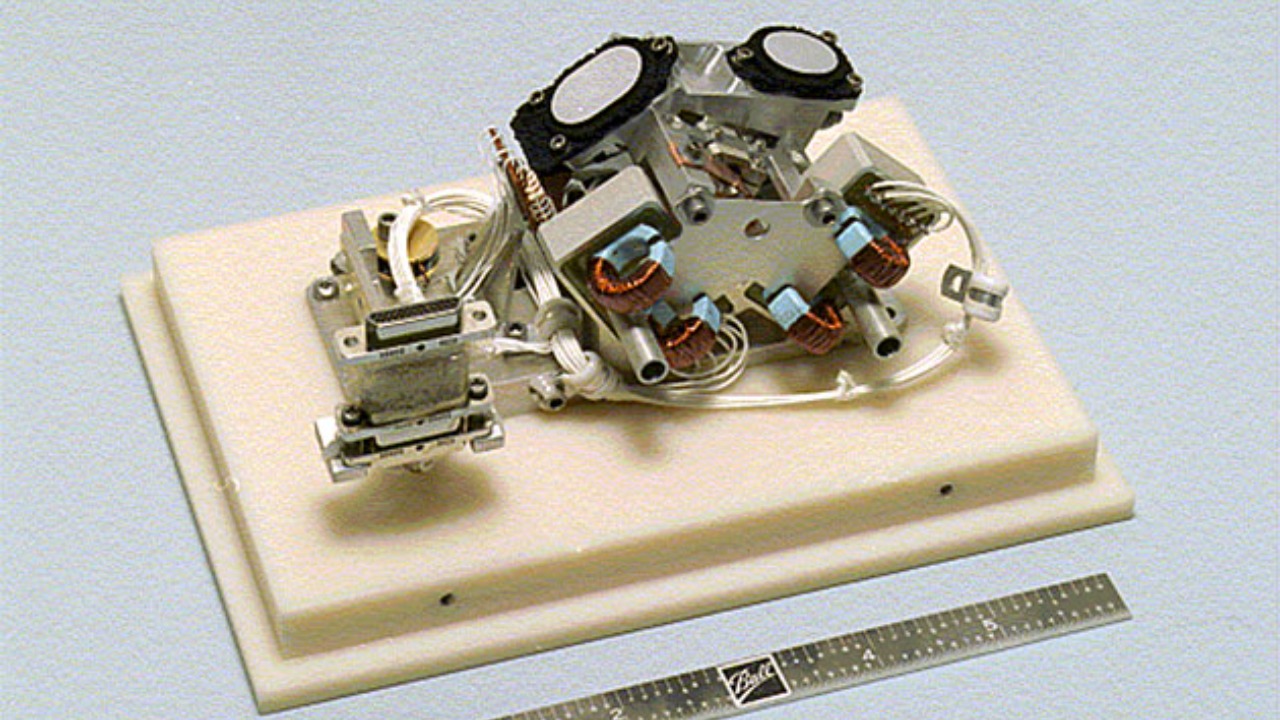
The Spitzer Space Telescope was launched in 2003 and operated until 2020. It provided significant insights into the infrared universe, observing everything from nearby planets to distant galaxies. By peering through dust clouds, it uncovered stars and planetary systems in the making.
Spitzer’s data has been instrumental in the study of exoplanets and the interstellar medium. Its legacy continues to influence current and future astronomical research, offering a wealth of information about the universe’s infrared light.
Fermi Gamma-ray Space Telescope

The Fermi Gamma-ray Space Telescope is designed to explore the universe’s most energetic processes. Since its launch in 2008, it has been observing gamma rays, the highest energy form of light, which are emitted by phenomena such as pulsars, supernova remnants, and active galactic nuclei.
Fermi’s findings have reshaped our understanding of cosmic rays and the behavior of matter under extreme conditions. Its ability to detect and map gamma-ray sources makes it indispensable for studying the universe’s most energetic events.
Planck Space Observatory
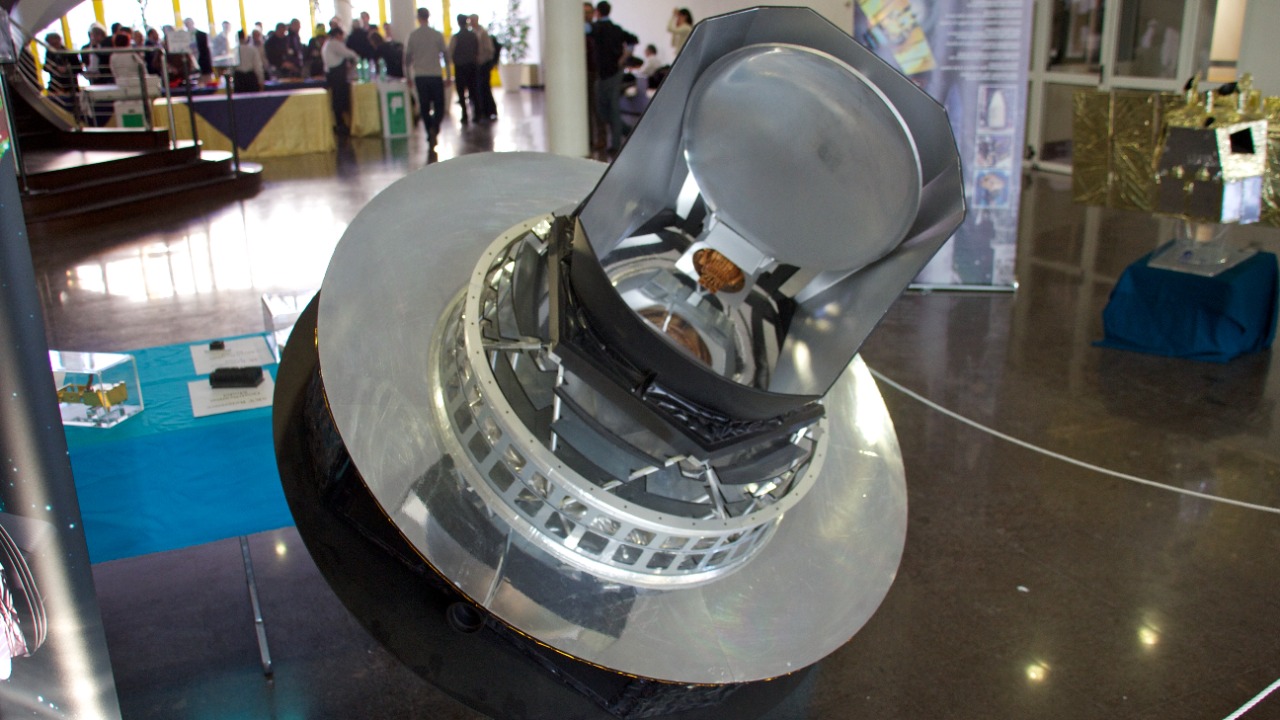
The Planck Space Observatory was launched by the European Space Agency to study the Cosmic Microwave Background (CMB) radiation. Operating from 2009 to 2013, it provided the most detailed map of the CMB, offering insights into the universe’s origins and its subsequent evolution.
Planck’s data have been pivotal in refining the parameters of the Big Bang model and understanding the universe’s composition. Its contributions continue to influence cosmology and our comprehension of the universe’s infancy.
ALMA (Atacama Large Millimeter/submillimeter Array)
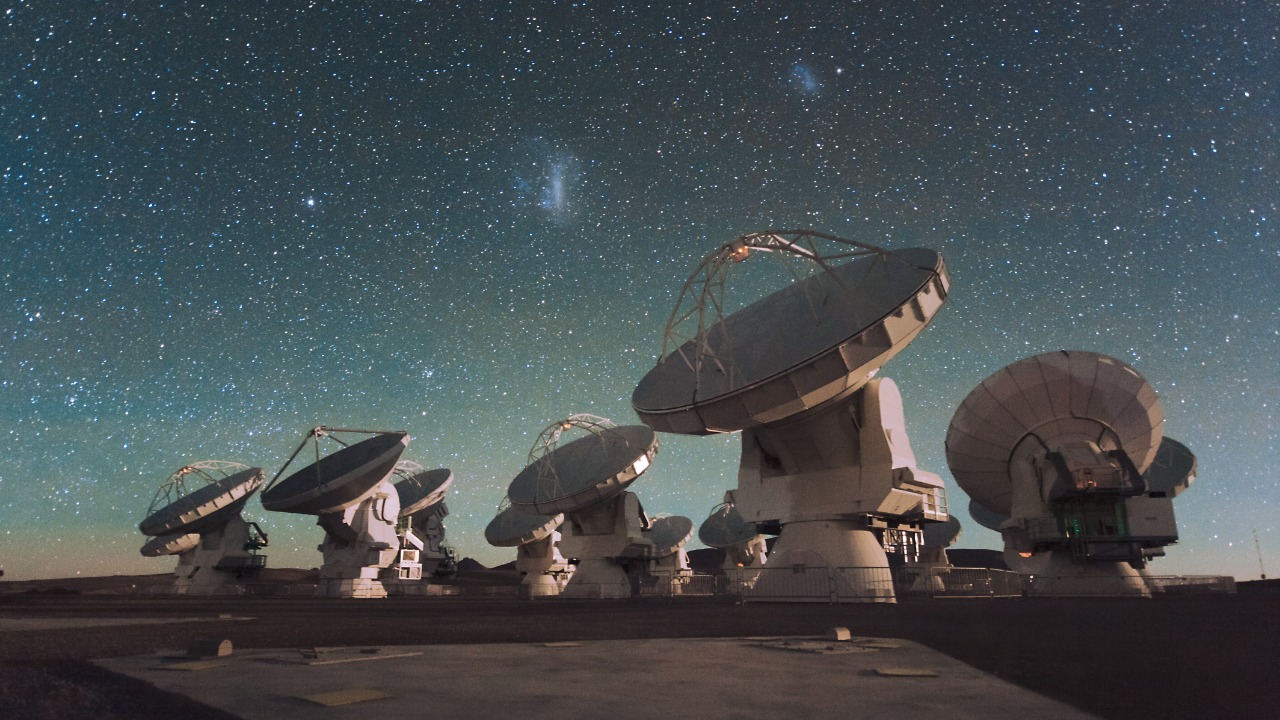
The ALMA array, located in the Chilean Andes, is the world’s largest radio telescope, observing the universe in millimeter and submillimeter wavelengths. This allows it to study the cold universe, including the molecular clouds where stars are born and the formation of planetary systems.
ALMA’s high resolution and sensitivity enable it to observe the universe’s earliest and most distant galaxies. For more information on telescopes that peer beyond our galaxy, visit this discussion.
Very Large Telescope (VLT)
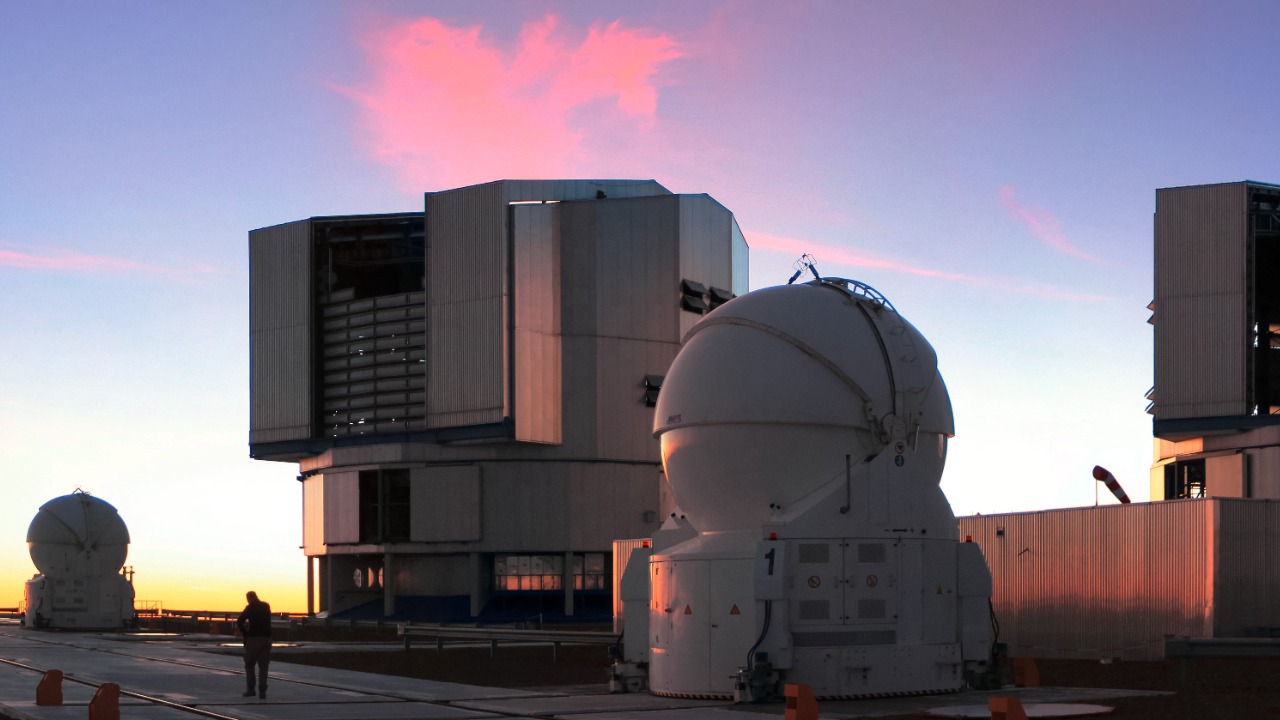
The European Southern Observatory’s Very Large Telescope (VLT) is a ground-based observatory located in Chile. It consists of four individual telescopes that can be used separately or combined for interferometric observations. This versatility allows the VLT to achieve unprecedented detail in its observations.
The VLT operates in the visible and infrared spectrums, contributing significantly to the study of exoplanets, black holes, and the distant universe. Its capabilities ensure it remains at the forefront of astronomical research.
Keck Observatory
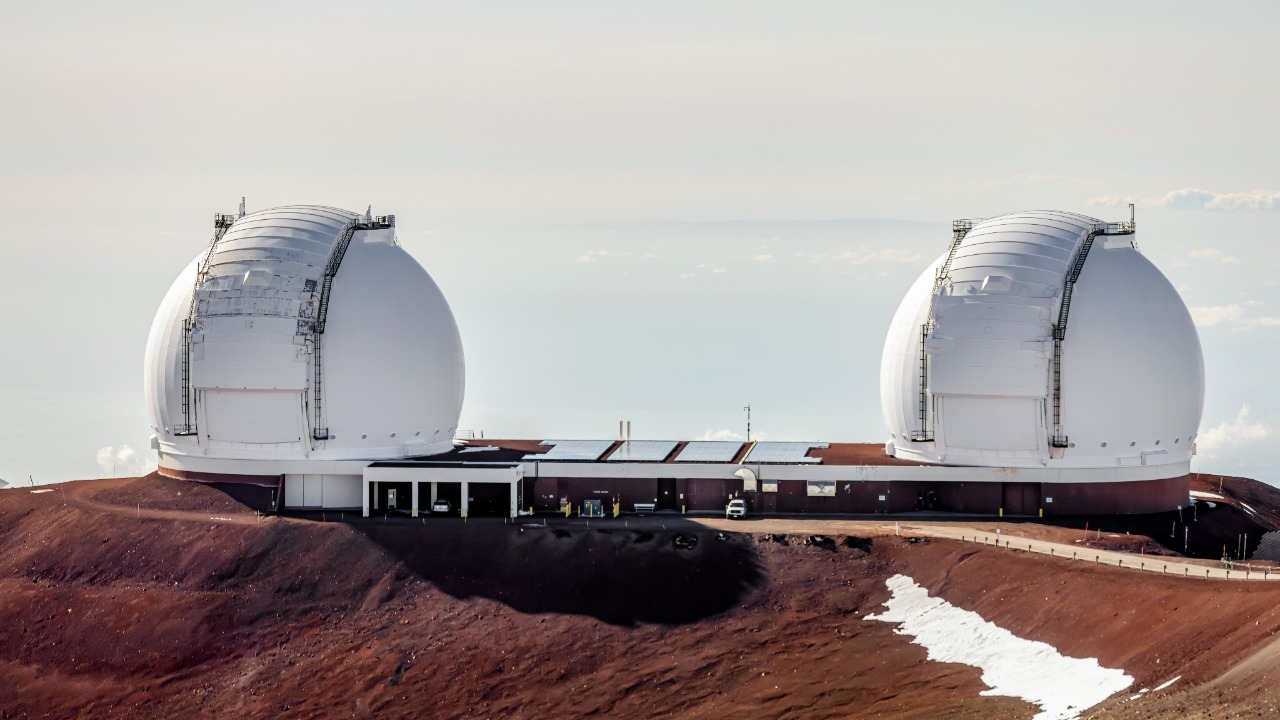
Located in Hawaii, the Keck Observatory boasts some of the world’s largest optical and infrared telescopes. Its twin domes house telescopes with 10-meter mirrors, allowing it to capture faint light from the distant universe. Keck has been instrumental in studying the structure and formation of galaxies and star systems.
It has also played a crucial role in the discovery of exoplanets and understanding cosmic phenomena. Keck’s advanced adaptive optics systems enable it to produce some of the clearest images of celestial objects.
Square Kilometre Array (SKA)
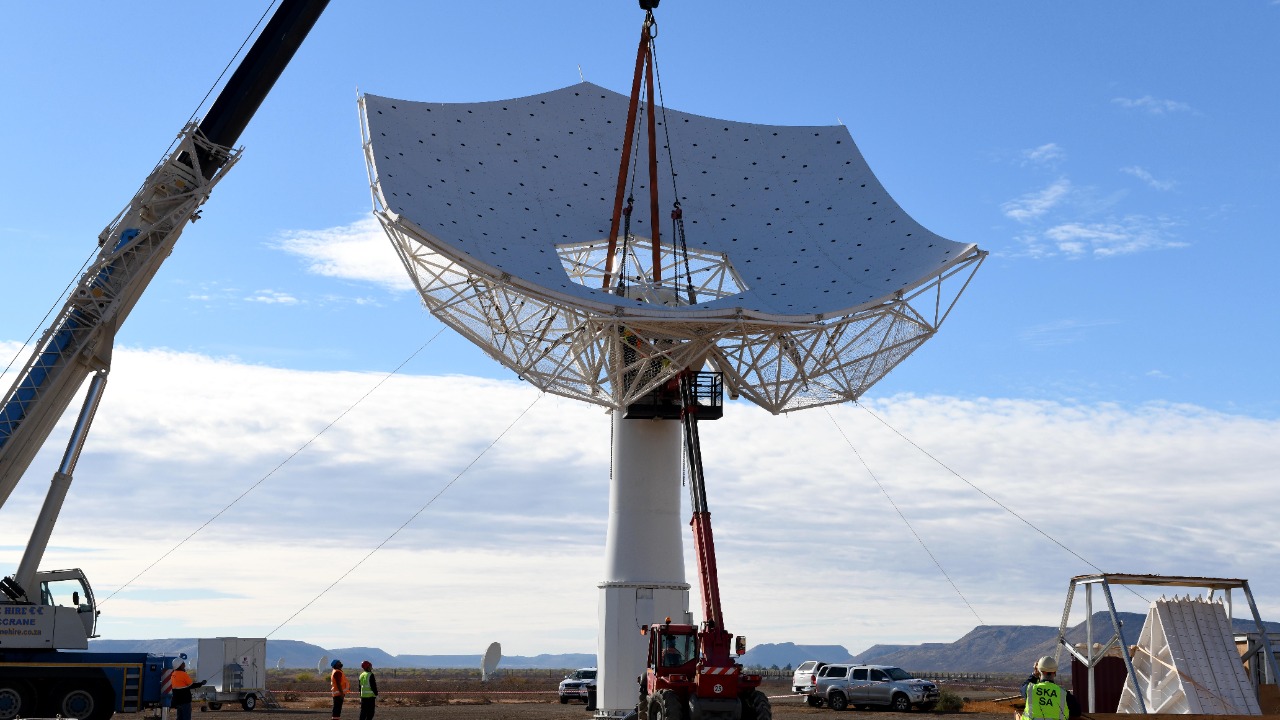
The Square Kilometre Array (SKA) is an international effort to build the world’s largest radio telescope, with components in South Africa and Australia. Once operational, it will have a total collecting area of one square kilometer, enabling it to survey the sky thousands of times faster than currently possible.
The SKA will probe the universe’s early stages, investigate dark energy, and study cosmic magnetism. This ambitious project promises to revolutionize our understanding of the cosmos. For more on the best telescopes, explore this guide.